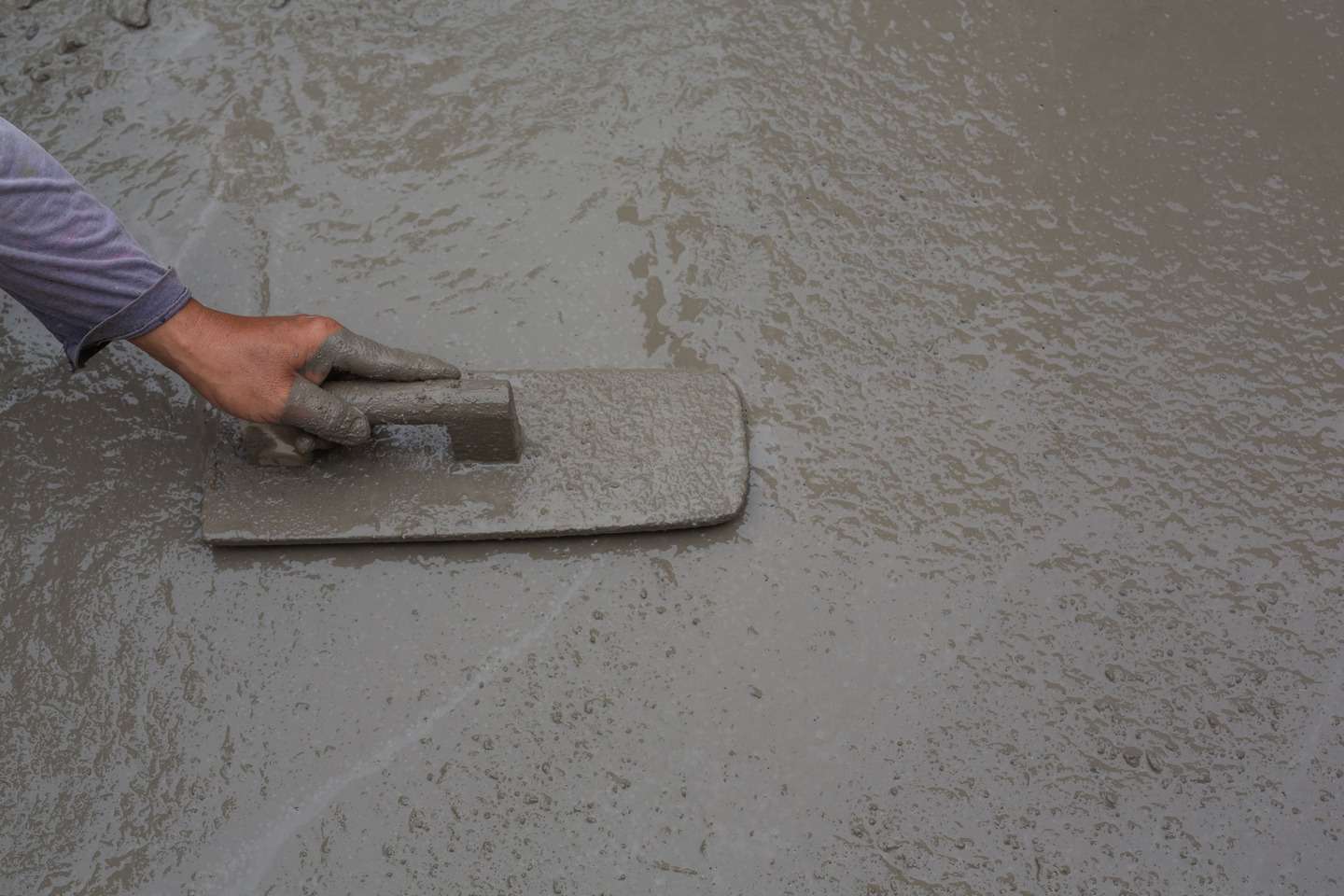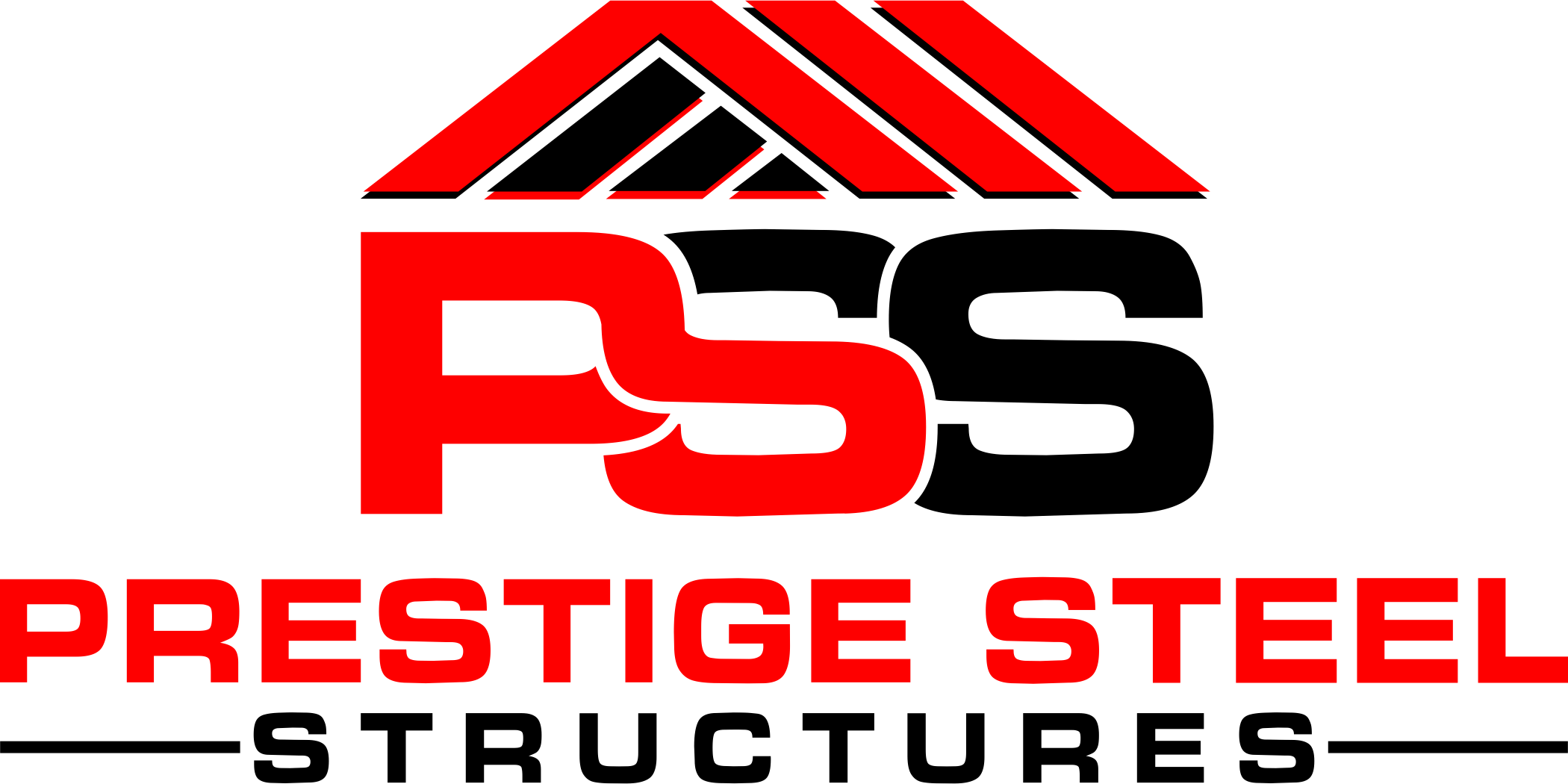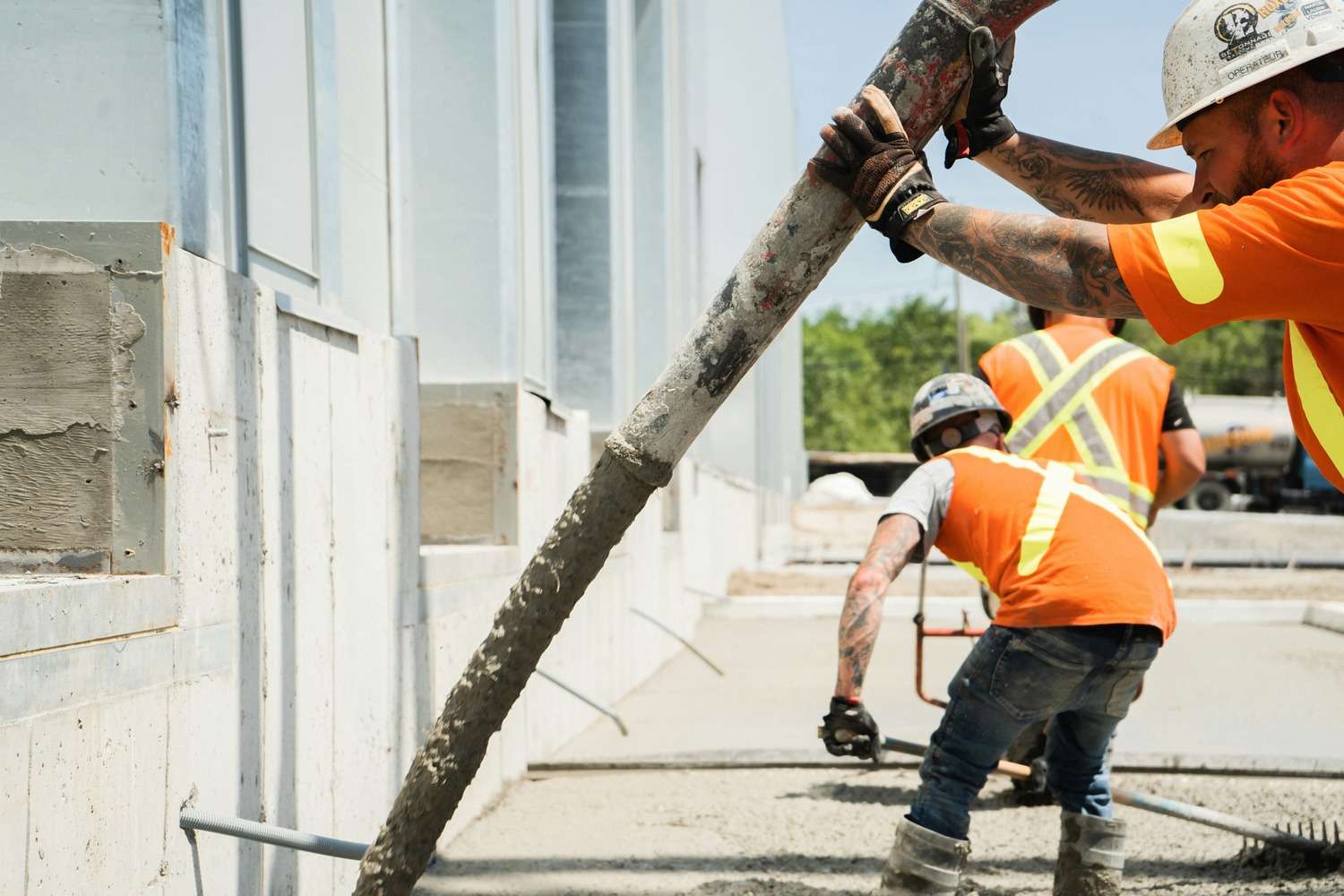When planning a new metal building, you might not think about it right away, but the foundation plays a crucial role in maintaining its structural stability for years. While it might seem daunting, understanding your options will help you make an informed choice that benefits your project in the long run.
As you start the permit application process for your prefabricated metal building, selecting the right foundation material becomes vital. The foundation is a key factor in both the design and durability of your building. No matter how well-designed your metal structure is, it won’t stand the test of time without a reliable and solid foundation to support it.
The type of foundation you choose for your metal building can vary based on its size. Gravel, dirt, wood, and concrete are all practical options that can provide a solid base. However, for the best results, a concrete slab foundation or a series of concrete strips around the perimeter is highly recommended. While a concrete slab is the most common choice due to its durability and stability, other materials may also be suitable, depending on the specific terrain of your property.
It’s important to pour the concrete at least 72 hours before the installation of your metal building. This waiting period ensures that the foundation has adequately set and is ready to support your structure. After pouring, you should also account for additional time to install HVAC, electrical, and plumbing systems. With a bit of foresight and patience, you’ll find yourself with a well-functioning metal building that rests on a dependable concrete slab foundation, setting the stage for long-term success.
Before you begin your metal building project, it’s crucial to check with local authorities to determine if permits are required. In many counties, a concrete foundation is not just advisable but often mandated. Fortunately, the strength and reliability of a concrete slab far exceed that of other foundation materials, making it a smart choice for your construction.
Regardless of the type of foundation you choose, whether it’s concrete or another option, hiring a professional to level your building site is essential. In fact, up to 75% of installation issues stem from either skipping this critical step or executing it poorly without expert assistance. Ensuring that your site is properly leveled will significantly enhance the stability and longevity of your metal building.

Planning Your Metal Building Foundation Effectively
Establishing a solid relationship with a reliable contractor is a key step before you begin pouring your concrete slab foundation. Collaborate with them to determine the optimal time for pouring concrete, when to commence construction on your newly poured foundation, and address any logistical concerns that may come up during the process.
A qualified contractor can provide valuable insights into important considerations such as flood zones, soil conditions, frost lines, building size, and intended applications. These factors can significantly differ based on environmental influences, climate variations, and local regulations, making expert advice essential. By working closely with a reputable contractor, you’ll be better prepared to navigate these complexities and ensure a successful foundation for your metal building.
Your contractor may suggest amending the soil on your property or even relocating your metal building based on the existing soil conditions. This recommendation primarily focuses on ensuring proper drainage and providing the necessary stability for your foundation. Understanding the local frost lines is particularly crucial, especially if you plan to incorporate plumbing into your metal structure. Frost lines can affect the depth at which your foundation must be installed to prevent freezing and damage.
Additionally, a contractor will assist you in calculating your static load, which refers to the weight your building will support, its overall footprint, and the environmental stresses it must endure. For example, if you reside in an area susceptible to earthquakes or tornadoes, a more robust foundation will be necessary to ensure the building’s safety and longevity. By taking these factors into account, you can create a solid foundation that meets both structural and environmental needs.

Exploring Different Types of Foundations for Metal Buildings
When it comes to durability, a concrete slab foundation is undoubtedly the top choice for metal buildings. While the initial installation costs might be higher, this investment pays off in the long run by significantly reducing the need for repairs and maintenance. At a minimum, your metal building’s foundation should include concrete strips surrounding its base. For buildings measuring 24×24 or 24×48 feet, these perimeter footings must be 18 inches by 18 inches deep to provide adequate support.
Another viable option is a pier and beam foundation. In this setup, your metal building will be supported by piers that rest on footings, complemented by a grade beam wall. Although this type of foundation typically incurs higher costs, it offers enhanced stability, particularly in areas prone to seismic activity or heavy winds.
Don’t overlook the potential of ground mounting and concrete caissons, particularly if you’re constructing a metal barn or another type of structure with a dirt floor. Concrete caissons provide a way to anchor your metal building to the ground without the need for a complete concrete foundation. Installing caissons typically involves digging deep holes that extend below the frost line, ensuring that your foundation remains stable and unaffected by freezing, thawing, or erosion over time.
A gravel base is another cost-effective option for installation, offering superior drainage compared to traditional soil. However, it’s important to note that gravel can shift over time, so you may need to periodically re-level it to maintain stability. Alternatively, if you reside in an area that experiences heavy winds or rain, an asphalt base may be a better choice. Asphalt is less prone to erosion than gravel or soil, and your metal building can remain securely anchored with specially designed asphalt anchors. For both gravel and asphalt bases, it’s crucial to have your foundation professionally leveled before starting construction to ensure a solid and durable structure.

Essential Considerations for Metal Building Foundation Standards
When determining whether a concrete slab foundation is the best choice for your metal building, several factors come into play, including climate, soil conditions, and your personal preferences. However, it’s crucial to familiarize yourself with the specific foundation requirements for metal buildings in your area. Your building engineer can be an invaluable resource for understanding local laws and soil characteristics. Although this research might seem tedious at the outset, taking the time to plan effectively will help you avoid many headaches down the road. Keep these considerations in mind, and you’ll soon have a beautiful and functional metal building.
Once you’re ready to move forward with your dream metal building, reach out to a local concrete contractor. If your project requires permits, you will need to provide the engineering floor plans to facilitate the process. A solid foundation is essential for protecting your metal building from severe weather and ensuring compliance with local regulations. After the site for your foundation is professionally leveled, construction can commence. By investing some time in careful preparation, you’ll be rewarded with a reliable metal building that can stand the test of time.
Conclusion
When planning your metal building, don’t underestimate the importance of a solid foundation. A concrete slab foundation is often the best choice for durability and stability, ensuring your structure can withstand environmental stresses. Working closely with a qualified contractor can help you navigate critical decisions, from choosing the right foundation type to understanding local regulations. Remember, the foundation not only supports your metal building but also protects it from harsh weather conditions and enhances its longevity.
Choosing the right foundation is an investment in the future of your building. By understanding your options and working with experts, you’ll set your project up for success. Whether you opt for a concrete slab, pier and beam, or other alternatives, ensuring a properly leveled site will significantly reduce installation issues. So take action today—prioritize your foundation and ensure that your metal building stands strong for years to come.
For a high-quality metal building that meets your needs, turn to Prestige Steel Structures. With a wide selection, best price guarantee, and exceptional customer service, they’re dedicated to providing you with the best.
FAQs
1. Do I need a concrete foundation for my metal building?
While it’s not always mandatory, a concrete foundation is highly recommended for its durability and stability.
2. What are the alternatives to a concrete slab foundation?
Alternatives include pier and beam foundations, gravel bases, and concrete caissons, depending on your specific needs.
3. How long should I wait before installing my metal building after pouring the concrete?
It’s advisable to wait at least 72 hours for the concrete to set before installation begins.
4. Can I build on gravel instead of concrete?
Yes, a gravel base can be used, but it may require periodic re-leveling for stability.
5. How can I ensure my foundation is properly leveled?
Hiring a professional contractor to level your building site is essential to prevent future installation issues and enhance stability.


